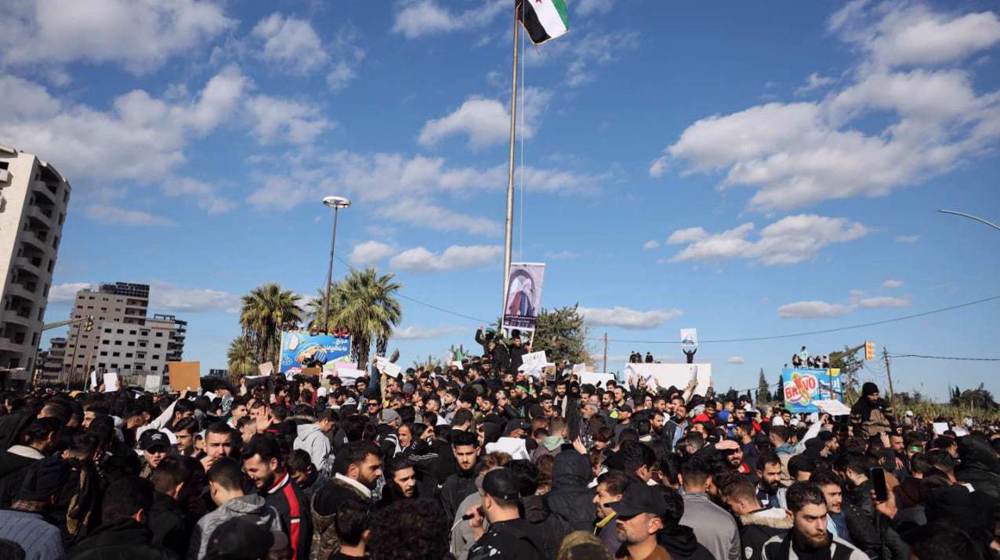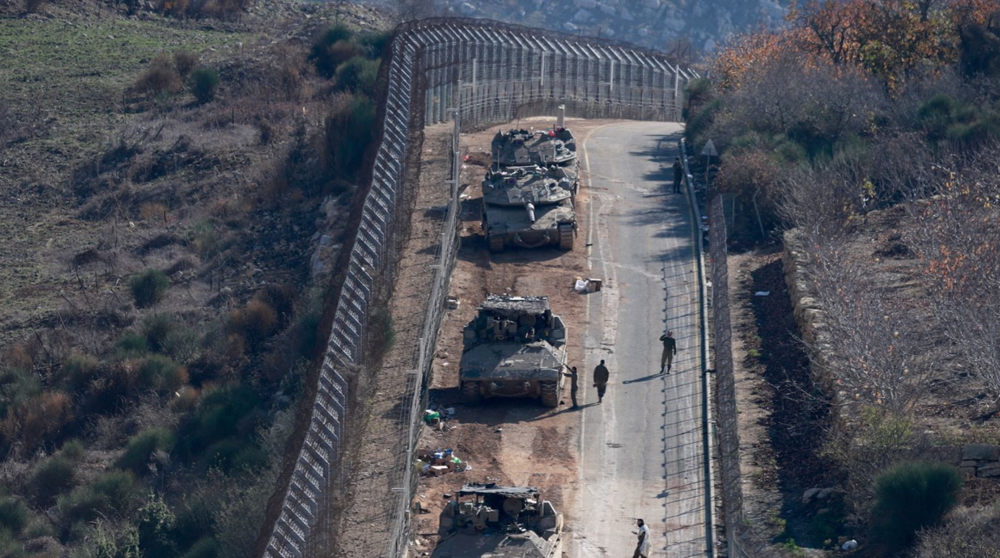ISIL plundering Syrian, Iraqi heritage sites on 'industrial scale'
The United Nations (UN) cultural agency has warned that the ISIL terrorist group is looting ancient sites across Iraq and Syria on an ‘industrial scale.’
Director General of the UN Educational, Scientific and Cultural Organization (UNESCO) Irina Bokova told a meeting of experts in London that the ISIL militant group is selling treasures to middlemen to raise cash and revenues.
"This deliberate destruction is not only continuing, it is happening on a systematic basis. The looting of archaeological sites and museums, in Iraq particularly, has reached an industrial scale of destruction," Bokova told the Royal United Services Institute (RUSI) in London, adding, "The deliberate destruction, what we are seeing nowadays in Iraq and Syria, has reached unprecedented levels in contemporary history."
The head of the UN cultural agency said the militants were forcing local farmers to excavate sites for artifacts which eventually make their way to private collectors around the world.
She termed the black market dealings of looted items in the two Middle Eastern countries as part of a strategy of deliberate “cultural cleansing.”
The head of the UN cultural agency also noted that these treasures have been turned into a source of financing for militants and that extremists are using this money to fund their terror activities.
"Daesh (ISIL) knows there's a financial upside of this activity and they are trying to gain from it. We know also that parties in the conflict are selling to certain dealers and to private collectors and to market end buyers."
Some sites across Syria have been ransacked so badly that they no longer have any value for archaeologists, she pointed out.

Experts also say that the ISIL terrorists have heavily looted at least one fifth of Iraq's nearly 10,000 official world-famous artifacts in recent months.
Bokova added that UNESCO used satellite images to track down the looting and smuggling of cultural heritage items.
Elsewhere in her remarks, the senior UN official said that UNESCO was also increasingly concerned about the ISIL activities in Libya as well.

The remarks come shortly after reports emerged that members of the ISIL Takfiri militant group had destroyed a renowned statue of a lion outside the museum in Syria’s crisis-hit central city of Palmyra. The Syrian antiquities director, Maamoun Abdelkarim, said on Thursday that the statue, known as the Lion of al-Lat, was a matchless piece of art.
UNESCO has appealed to Syrians to "make every effort to prevent" Palmyra's destruction.
UN Secretary General Ban Ki-moon had earlier urged an immediate action to save cultural sites in the crisis-hit countries, adding that “the protection of cultural heritage is a security imperative.”
In addition to that, Takfiri militants have demolished several holy shrines and mosques belonging to Shia and Sunni Muslims in the militancy-riddled regions of Syria and Iraq.
Both nations’ historical sites have suffered widespread looting and damage by Takfiri militants in recent years.
The ISIL terrorist group has gained notoriety for its barbarity, heinous atrocities and sacrilegious acts.
JR/GHN/HMV
Iran repels massive cyberattack on communications infrastructure
Eslami: Iran’s nuclear industry advances despite sanctions, strikes
VIDEO | Martyr Abu Mahdi warship
Iran’s engineering feat beneath Persian Gulf for gas supply
Israeli military confirms soldier’s death in apparent suicide case
UN chief slams Israel for blocking utilities to UNRWA in Gaza
Israel launches airstrikes, artillery fire across Gaza on first day of 2026
VIDEO | Press TV's news headlines










 This makes it easy to access the Press TV website
This makes it easy to access the Press TV website